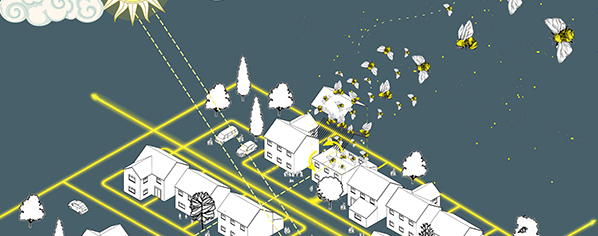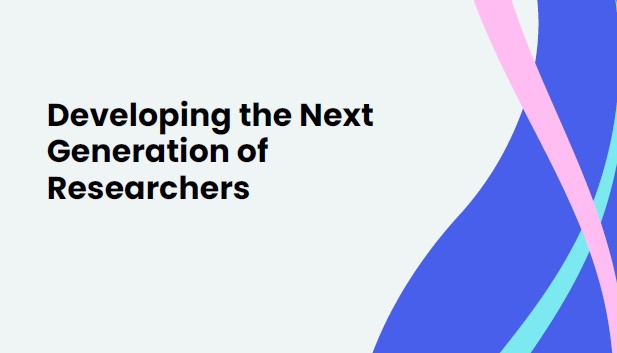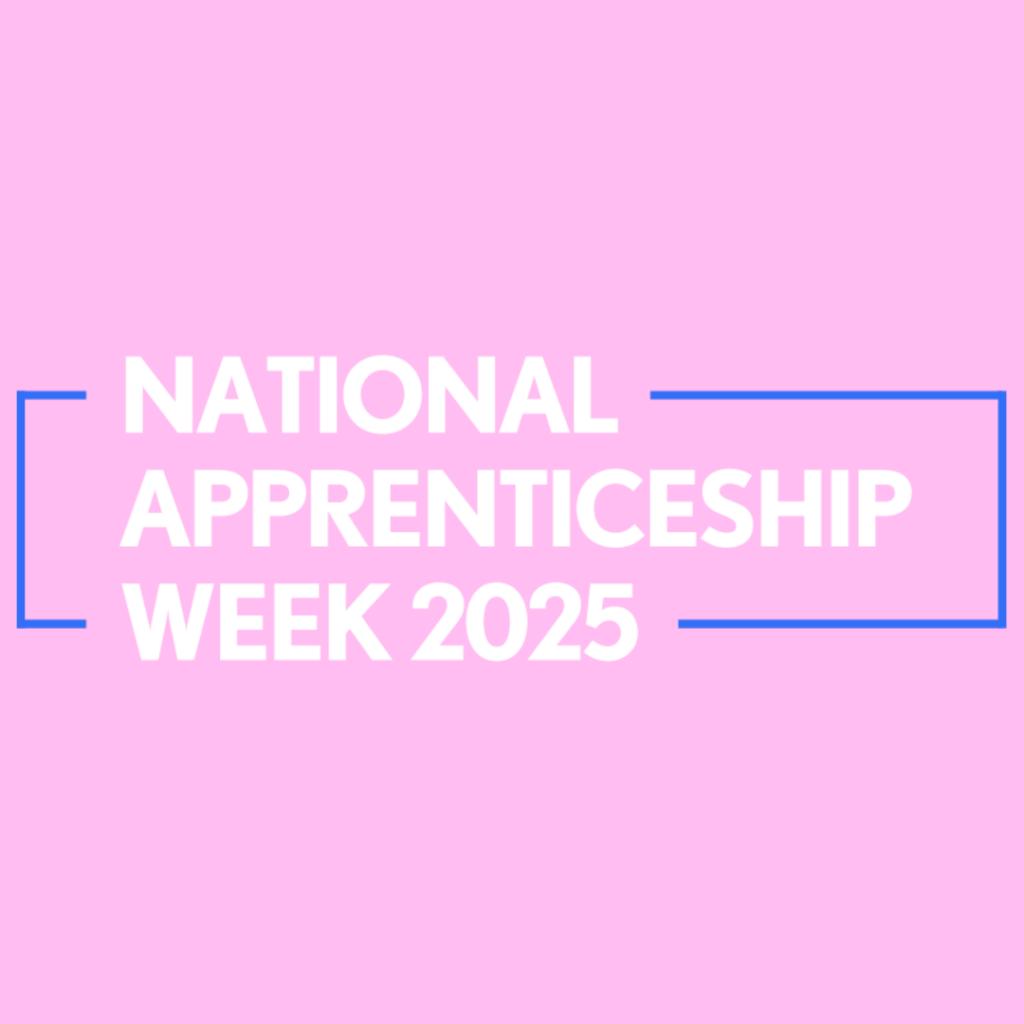
A revolutionary project launching in December 2021 is set to redefine how households are advised on the most efficient use of their energy, based on bees’ social organisation and communication patterns.
A team of multidisciplinary researchers led by Associate Professor Sonja Oliveira with Dr Chatzimichali, Dr Badarnah, Dr Barakat (UWE Bristol) and Dr Atkins (University of Bristol) will first study household patterns around their and their community’s energy usage. They will then develop an algorithm conceived by looking at how bees best communicate resource needs to each other through their environment. This algorithm will help come up with the most effective way to communicate to households.
Currently many individuals or families living in homes benefit from smart meters or other smart devices that advise them on how to use their energy in the most efficient way possible, based on their usage. However, research has shown that this guidance does not effectively communicate people’s energy use at different scales.
Sonja Oliveira, who is an Associate Professor for architecture and sustainability design innovation, and is leading the project, said: “As the world moves towards everything depending on electricity, including transport, we need a better way to communicate collective needs to individual households at localised levels.
“At the moment energy use communication is managed with no social or environmental behavioural data. We are saying that optimum energy use is determined by and affects the local neighbourhood and that it’s a multi-dimensional thing. What might work, therefore, is to tell people what impact their energy use might be having on their immediate environment.”
The project, entitled ‘Glow-energy nested bio system flows from home to hub’, is to initially last two and half years and has successfully obtained EPSRC funding of £586,000. The team will monitor electricity usage and energy behaviour from volunteers living across three low carbon new build housing communities in the South West and Wales, who will feed back information via interviews and submit photographic evidence of their daily energy routines.
The researchers will also assess information about the home, its orientation, types of windows and roof, as well as how the street and neighbourhood are configured.
The team will then use their computational and biomimetic expertise to draw on this social data map and turn it into an algorithm. Once the optimal form of bee communication is established, this will be translated into a form of communication for human users of energy in their homes.
“We are going to study how bees use resources to meet collective needs. As they move through space, they pick up environmental data, pollen and are known to communicate very effectively. The idea is to use that communication protocol and adjust it for human behaviour.”
The team, made up of biology, energy and biomimetics experts, architects, as well as a human geography, will then call on the opinion of the wider public who, via an app, will share their views on whether they think the system works. This feedback will enable the researchers to try and understand whether, when accessing this new communication method, people are subsequently likely change to their behaviour when it comes to energy use.
Later on, a form of technology, either an app or another smart system is to be developed to relay this accurate information to energy consumers.




